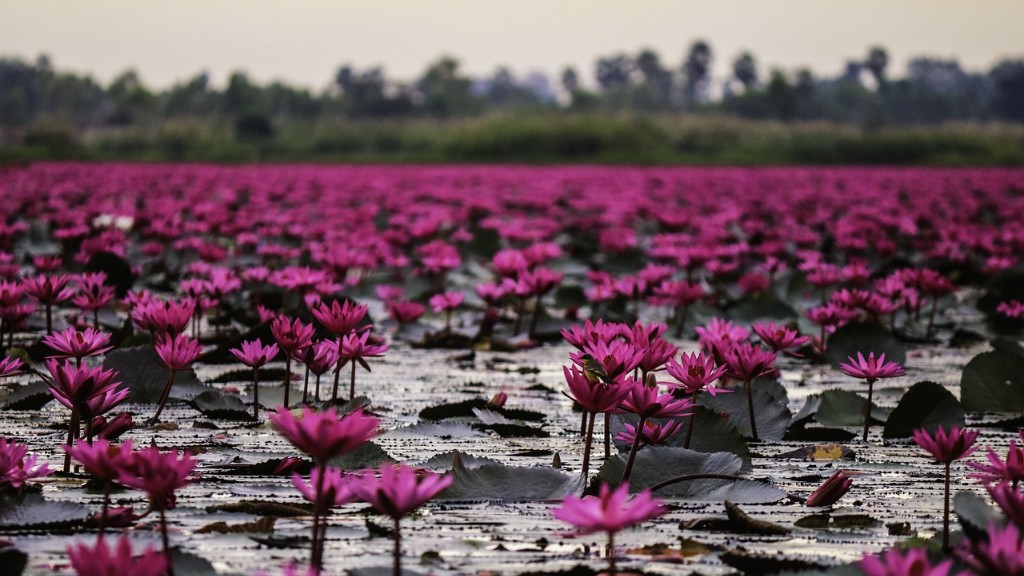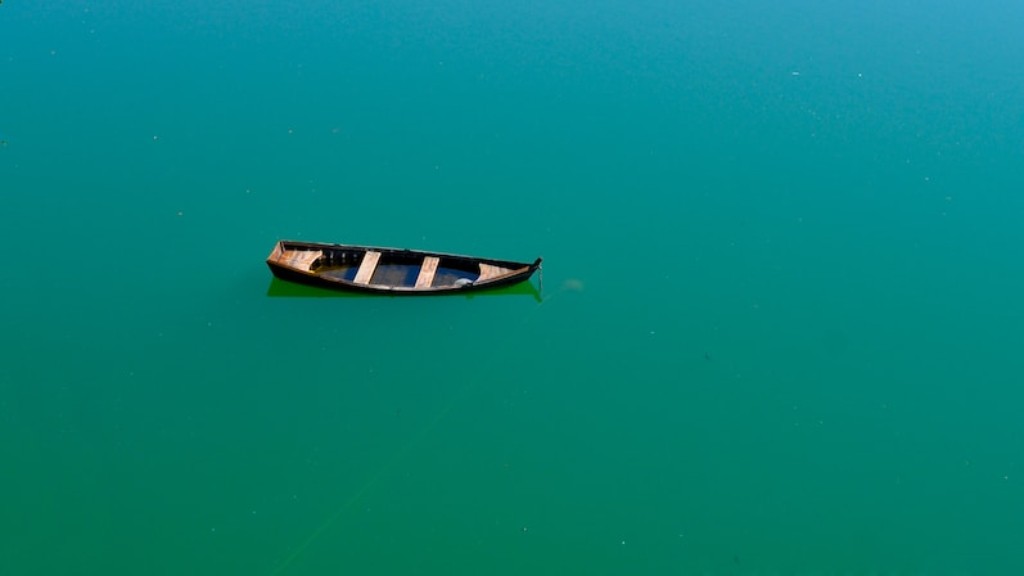Lake Superior is the largest of the Great Lakes of North America, by surface area, it is the largest freshwater lake in the world. It’s full of mysteries and stories, created by its deeply complex and varied landscape. Are there fish in Lake Superior? Yes, there is a great abundance of them and they come in all shapes, sizes, and colors. Here, we explore the reasons why there are fish in Lake Superior.
A key factor that makes Lake Superior so hospitable to its fish population is the fact that its waters are constantly oxygenated from the many sources of incoming fresh water from rivers, creeks, and other bodies of water. This ensures a consistently high level of oxygen for the fish to thrive.
The lake’s temperature fluctuations have also been important; over the winter season, the lake can get cold and the water temperature drops, sometimes below freezing, killing some of the slow-moving fish in its depths. During the warm summer months, the temperature of the water rises, which creates an ideal living environment for a variety of species of fish.
In addition to ensuring a hospitable environment, this environment has also provided a natural place for fish to spawn and lay eggs. Lake Superior has been an important spawning ground for a wide variety of salmon, trout, and rainbow trout.
The lake also has a diverse range of food sources available to its fish population. These include various types of plankton, aquatic insects, crustaceans, and mollusks. The lake’s variety of prey is one of the key reasons why fish thrive in Lake Superior.
Another factor contributing to Lake Superior’s ability to harbor a diverse fish population is its pristine, unspoiled water quality. The lake also has a low level of pollutants and contaminants, which is beneficial to the health and well-being of the fish living there.
The sheer beauty and diverse landscape of the lake also attract fishers from all over to come and experience the wonders of Lake Superior. In addition to all these natural advantages, the presence of humans, who have stocked the lake with many fish species over the years, have helped to ensure the robust health of the fish population in the lake.
Types of Fish in Lake Superior
The fish living in Lake Superior vary in size, shape, and color, and range from small minnows to large lake trout. Some of the most common fish found in the lake include the lake trout, lake whitefish, lake herring, northern pike, walleye, lake sturgeon, coho salmon, chinook salmon, smallmouth bass, and lake whitefish.
In addition to these fish, the lake is also home to several species of amphibians, reptiles, and birds. These creatures further add to the biodiversity of the lake and make it a healthier, more vibrant ecosystem for the fish to inhabit.
The fish in Lake Superior also have a significant cultural and recreational importance. The presence of fish in the lake has been an important part of the fabric of life for the local communities for centuries.
Today, many people catch and consume the fish from Lake Superior, making it an important source of food and income for many of the small towns and communities in the area. It’s also an important recreational spot for anglers and outdoor enthusiasts who come to view the spectacular natural beauty of the lake.
Conservation Efforts
The fish population of Lake Superior is facing a number of threats, including overfishing, pollution, and habitat destruction. To protect the fish, conservation groups and government organizations have implemented a number of measures, including the regulation of fisheries, enforcement of fishing limits, the clean-up of the lake, and the protection of critical habitats.
Unsustainable fishing practices are a major threat to the fish population in Lake Superior. To combat this, fishing regulations are in place to ensure sustainable fisheries management practices, such as catch and release fishing, the limitation of fishing areas, and the prohibition of certain fishing techniques.
Pollution from oil spills and other sources is another major threat to Lake Superior’s fish population. To help mitigate these impacts, clean-up programs have been put in place to restore the lake and reduce the amount of pollutants in the water.
Habitat destruction, particularly coastal wetland destruction, is also a major concern for the lake’s fish population. In an effort to reduce the impact of this destruction, conservation actions include the conservation of important habitats and wetlands.
The government has also taken steps to protect the fish population in Lake Superior. This includes the creation of protected areas and the enforcement of fishing restrictions.
Benefits of Lake Superior Fish
The fish in Lake Superior provide a variety of benefits for both humans and the environment. For humans, the fish are an important source of food and can provide critical nutrients for people in need. The fish also play an important role in the local economy, as they attract tourists who come to fish or take part in recreational activities on the lake.
In addition, the fish in Lake Superior also benefit the environment. They act as food for larger predators, such as birds and mammals, while also helping to control the insect population. The fish also act as important nutrient cycle regulators, helping to maintain and improve the water quality of the lake.
Overall, the fish of Lake Superior provide a wide range of benefits that make them an important part of the lake’s ecosystem. They are an important source of food for humans, provide a boost to the local economy, and have a positive impact on the environment.
Threats to Lake Superior Fish
Although the fish in Lake Superior are abundant, they are facing a number of threats. These threats include overfishing, pollution, habitat destruction, and climate change.
Overfishing is a major threat to the lake’s fish population. To combat this, fishing regulations and limits are in place to protect the lake’s fish. Pollution from oil spills, agricultural runoff, and wastewater are also a major threat to the health of the lake and consequently the health of its fish population.
The destruction of coastal wetlands is another threat. Wetlands are important habitats for numerous species of fish in the lake. The destruction of these wetlands can have a negative impact on the health of the fish population as well as the overall ecosystem in the lake.
Climate change is also a major threat to Lake Superior’s fish population. The rising temperatures of the lake can make the waters unsuitable habitats for some fish species, while warmer weather can result in the spread of invasive species that can outcompete the resident fish.
Conclusion
In conclusion, there are many fish in Lake Superior. These fish come in a variety of shapes, sizes, and colors and provide a variety of benefits for humans, the local economy, and the environment. Despite these benefits, the fish population of the lake is facing a number of threats, including overfishing, pollution, habitat destruction, and climate change. For these reasons, it is important to be mindful of the threats facing Lake Superior’s fish population and to take action to protect and conserve the lake’s fish.





